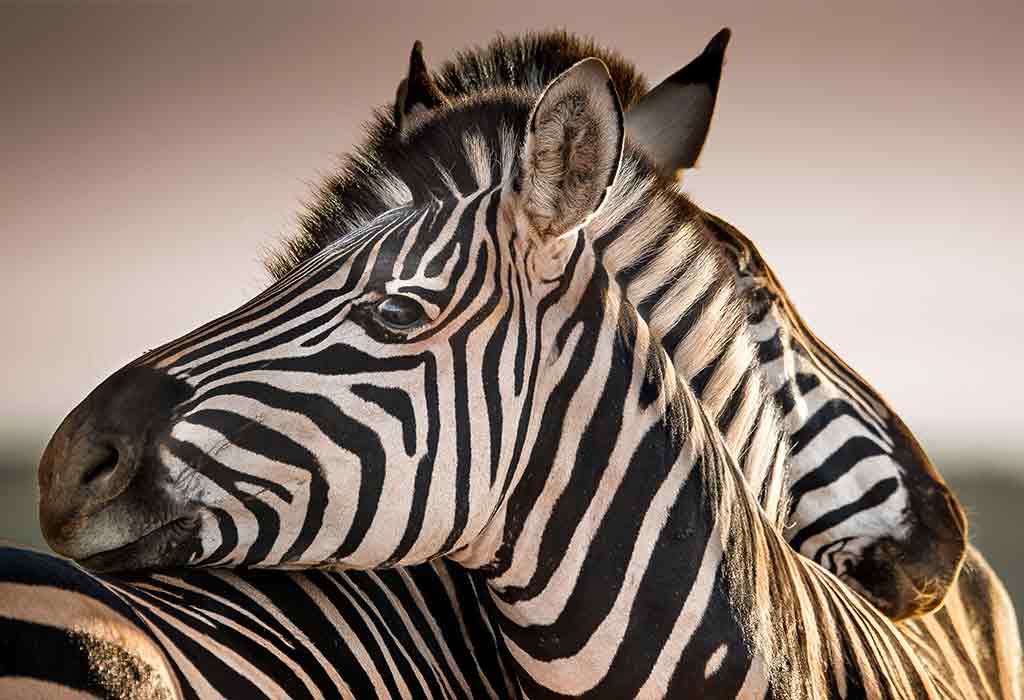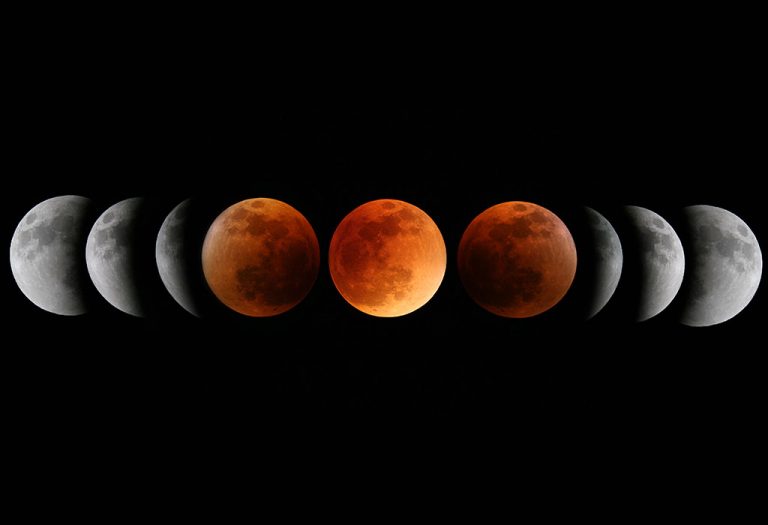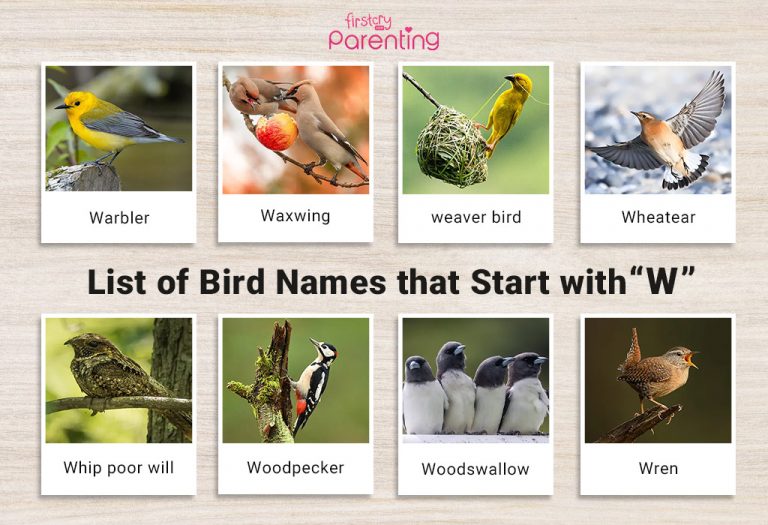Interesting Facts and Information About Zebra for Kids
Did you know that the African zebras were used for carpet weaving and ornamental carving by ancient cultures? This beautiful species has a very diverse body plan and stripes running in a grid pattern along its length and breadth. So, regardless of whether you are an animal lover or not, keep reading for some unique and valuable Zebra information.
What Is a Zebra?
Zebras are recognized by their distinctive white and black (or brown) striped coats. Horses and donkeys are zebras’ cousins. Several African equine species (including the horse) are called zebras due to their distinctive black and white striped coats. Thus, no two zebras are alike. Zebras are herd animals that congregate in groups ranging from one to many. Unlike horses and mules, they have not been domesticated in the way we are.
Physical Features and Lifespan of Zebra
Interesting information about the physical characteristics and longevity of the Zebra are as follows:
- The size of zebras varies by region.
- The Grévy zebra is the largest. An adult weighs between 776 and 992 pounds when carried over the shoulder.
- Mtn. Zebras are smaller than plains zebras, weighing between 450 and 948 pounds.
- An average plains zebra weighs between 386 and 849 pounds and stands 3.61 to 4.76 feet tall at the shoulders.
- Their black and white stripes set them apart from other animals.
- The Zebra belongs to the Equus family, which includes many horse and donkey species. Many species look alike.
- In the wild, zebras live an average of 25 years (approx.).
Zebra Lifestyle and Habits
If you’re interested in learning more about this fascinating animal’s behaviors and lifestyle, the Zebra facts for kindergarten kids provided here may be helpful.
- Zebras are gregarious animals who enjoy socializing with their herd. That they graze and groom each other in the same grazing area is unusual.
- It is the most common Zebra.
- In small groups of females and their offspring, stallions rule (foals).
- They are brave and do not flee from danger. With powerful kicking style, zebras can seriously injure predators like lions, hyenas, and African wild dogs.
- Herds of zebras numbering in the tens of thousands congregate in large numbers.
- Many exciting animals prefer open, sparsely wooded areas to densely wooded areas. Deserts, marshes, and rainforests are inhospitable to them. Mountain zebras are gentle animals found in mountainous regions.
- Highland zebras are found in Namibia and Angola and are well adapted to the region’s harsh terrain and aridity. These creatures prefer a rocky, dry habitat.
- Zebras are widespread from East Africa’s grasslands to Southern Africa’s scrub-covered woodlands.
- When in a herd, zebras, like horses, can only rest their heads on their herd mates’ shoulders.
Types of Zebras

They are housed in harems of varying sizes. You can find zebras in various habitats, including woods, savannahs, meadows, mountains, coastal hills, and other types of terrain. Zebras are available in 11 different breeds, including the following:
1. Grévy Zebra
This is the largest wild equid. It is a rare zebra. The arid plains of Kenya and Ethiopia are home to these zebras.
2. Mountain Zebra
Angola’s southwest, South Africa, and Namibia have three zebra species. Mountain zebras are divided into two subspecies: Cape and Hartmann’s.
3. Hartmann’s Mountain Zebra
West Namibia and south-western Angola have these subspecies. They thrive in arid and mountainous areas.
4. Cape Mountain Zebra
These species are found in the Eastern and Western Capes of South Africa (Equus zebra). It is the tiniest in size and area.
5. Plains Zebra
Plains zebras make up the majority (Equus quagga). There are six subspecies of plains zebra.
6. Burchell’s Zebra
William John Burchell (1860–1922) had six species named after him. William John Burchell, a British explorer, and naturalist named the zebra subspecies Burchell.
7. Grant’s Zebra
The Zebra is found in Zambia, Tanzania, Kenya, Ethiopia, and Somalia. The ones in front are striped. The diagonal stripes are horizontal on the back flanks and rump.
8. Selous Zebra
The Selous zebra (Equus quagga selousi) is a subspecies of the plains zebra. The Zebra is a common sight in Mozambique.
9. Maneless Zebra
Northernmost plains zebra subspecies, found in northeastern Africa In Kenya, Uganda, and Sudan, are zebras.
10. Chapman’s Zebra
Plains zebra (Equus quagga chapmani) inhabit Zimbabwe, Angola, Botswana, and Namibia.
11. Crawshay Zebra
This plains zebra subspecies is Crawshay’s Zebra in Zambia, Malawi, Tanzania, and Mozambique (Equus quagga crawshayi).
What Do Zebras Like to Eat?
Herbivores, such as zebras, do not consume meat as part of their diet as carnivores Zebras like short, green grass, although they will eat any available kind of grass. More than 90% of their food is grass-based. Some zebras consume bushes and plants, which comes in handy when there isn’t much grass to eat. They also consume leaves and twigs, both of which are loaded with nutrients.
Zebras need a lot of water to stay alive. At least one person reported eating more than a gallon of it all at once. If left alone, wild zebras may last up to five days without water.
More Fun Facts About Zebras for Children
Zebras have a plethora of interesting facts that youngsters may learn about. Here are some fascinating and amusing Zebra animal facts to keep you entertained while you read on:
- They have exceptional eyesight and hearing, with particularly acute vision. They have a top speed of 35 miles per hour and are very fast in their own right.
- The zonkey looks like a mix between a zebra and a donkey.
- When a predator pursues a zebra, it will sprint in a zigzag manner to escape being captured.
- They like to live and graze in groups and herds since they are friendly creatures. Zeal is the name of a zebra herd that also refers to a group of zebras in the region.
- They do not sleep by lying on their backs. They typically rest with their heads on their hands and knees to be more comfortable.
- They have a lot of leeway in terms of where they put their ears.
- The lifespan of a wild zebra ranges between 20 and 30 years, depending on the habitat.
- Only a few creatures are thought to detect color, and orange is one of those colors.
- The two most dangerous predators for them are lions and hyenas, both of which are nocturnal.
- They’re only around 3.5 to 5 feet tall at their highest point, making them seem even more minor.
- They can keep horseflies and other bloodsuckers away due to their black and white striped coat, which acts as an insect repellent as well as a pesticide.
- They communicate with one another via a range of vocalizations.
Zebra facts for kids are a great way to teach them about this fascinating animal. Just so they can make better future choices or comprehend animals in general, children should be well-versed in the basics of this well-known species. These Zebra facts, information, and things about zebras for youngsters are great to have on hand.
Also Read:
Tiger Facts for Children
Giraffe Facts for Kids
Cheetah Facts for Children
















